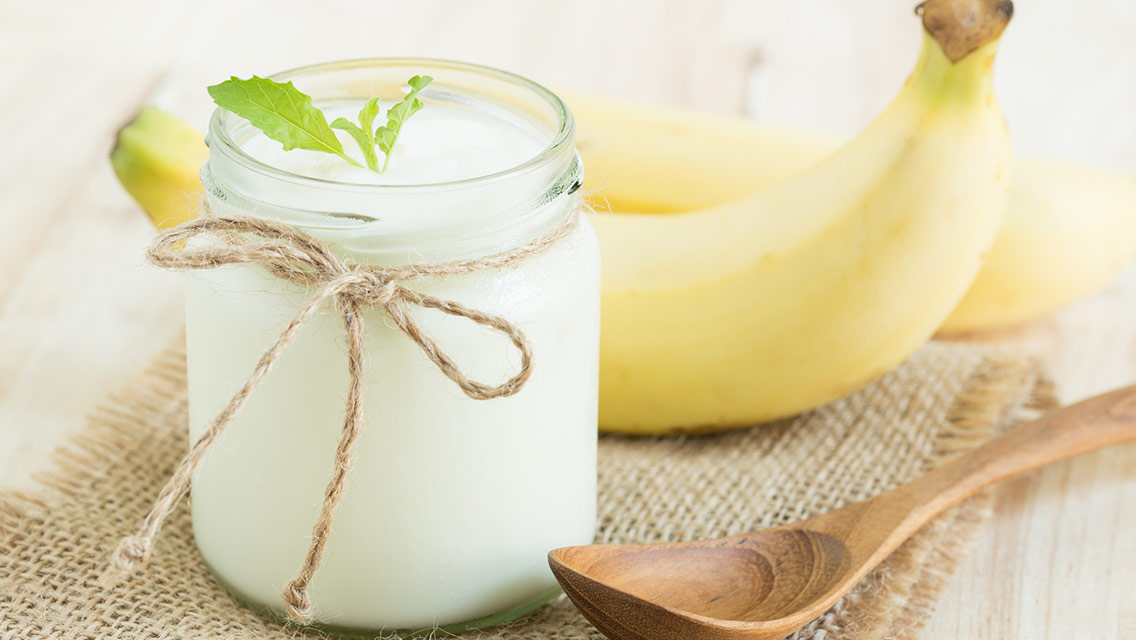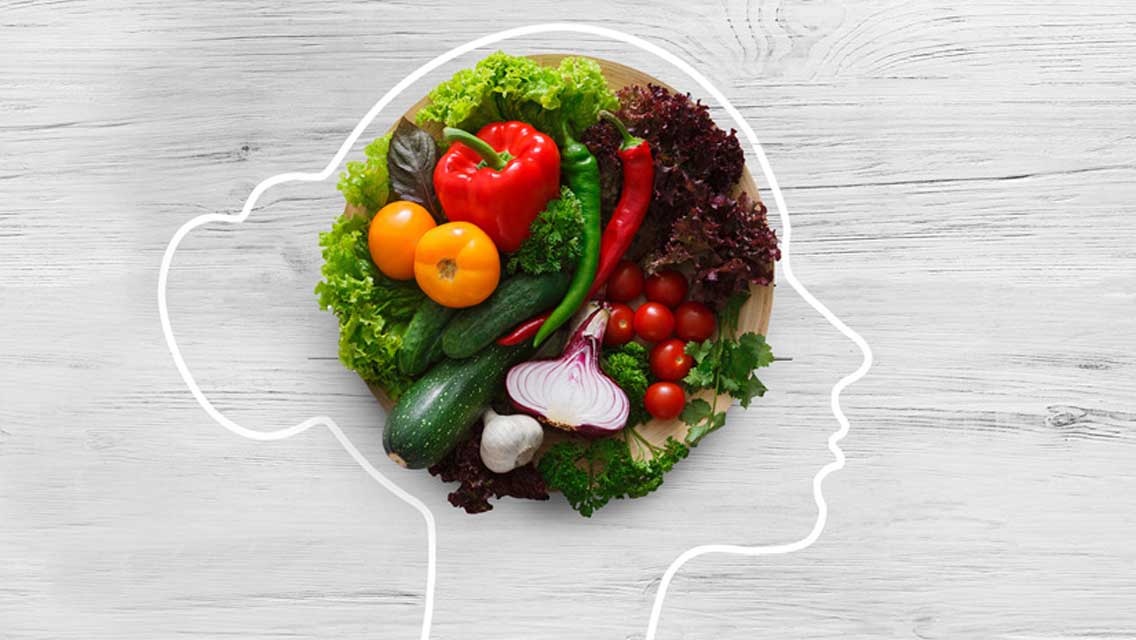Once an obscure concoction, kombucha is now widely available — it’s easy to find in natural-food stores, big-box grocery chains such as Walmart, and even gas stations. Worldwide, people are spending more than $600 million annually on the fizzy tea, and sales are expected to increase to $1.8 billion by 2020. Adapting the ages-old kombucha recipe to meet this rising consumer demand, however, has caused some hiccups. Several recent lawsuits challenge the myriad health claims by producers, making it difficult to know if your favorite brew is truly good for you.
“With the growth in popularity of kombucha, it’s no surprise that there is increased scrutiny on what is actually true about these products,” explains Lake State Kombucha founder Drake Ellingboe of Minneapolis. “There is a lot of wiggle room in labeling of food products. For example, you can make a claim on a product that isn’t fully true, but if no one looks into it and raises any questions, and if the FDA doesn’t get around to reviewing it, it could go unchecked for a long, long time.”
These are the primary concerns:
Alcohol Levels: Due to fermentation, kombucha contains traces of alcohol, so sale is regulated by the U.S. Treasury Department’s Alcohol and Tobacco Tax and Trade Bureau (TTB). Commercial kombuchas must have less than 0.5 percent alcohol by volume or they are considered an alcoholic beverage. A class-action suit settled for $8.25 million in 2017 against GT’s Kombucha found the popular brand’s brew had up to 2.5 percent alcohol, similar to low-alcohol beers.
Sugar Content: The 2017 suit also charged that GT’s contained more than the 2 grams of sugar per 8-ounce serving noted on the nutrition label. A small amount of sugar is needed to spur fermentation, but that sugar is eaten up during the process. Further sugar may be added for flavoring to mask the taste of the original tea, to balance the vinegary flavor of fermentation, or simply to appeal to consumers’ taste buds.
Such added sweeteners are common in kombuchas, it turns out. A 2016 study of 88 brews from eight makers discovered that the majority of kombuchas tested had more sugar than listed: Some were more than 400 percent higher. While most of the tested kombuchas listed 2 to 3 grams of sugar, all were found to have 6.7 to 13 grams — up to 3 teaspoons — in an 8-ounce serving. GT’s and others have since relabeled their products.
Still, GT’s and others do not include sugar among their ingredients. Instead, they list simply “kombucha” as the key ingredient, along with flavoring fruit juices — all of which contain various natural sugars.
Pasteurization: This is the latest concern raised over the marketing of kombucha health perks. PepsiCo’s KeVita Master Brew Kombucha is charged with deceiving consumers that it is a “raw product” containing “live probiotics.” KeVita currently pasteurizes its tea. Pasteurization improves shelf-stability and allows for a longer sell-by date.
A KeVita spokesperson told industry newsletter BevNET that although pasteurizing destroys the naturally produced raw probiotics, live bacteria are added afterward — a now-common, if not advertised, practice with some commercial kombuchas.
The civil-fraud suit claims, however, that “the bacteria killed during the pasteurization process includes, among others, the very probiotics touted on the KeVita website for which consumers chose to purchase” this brew.
What the suit does not note is that pasteurized kombuchas, like KeVita, and some raw kombuchas like GT’s, also add probiotics that are spore-forming — such as Bacillus coagulans GBI-30 6086. The probiotic makers advertise these as shelf-stable and able to remain alive through the manufacturing process and the subsequent trip through our digestive process in the low-pH of stomach acid. The spores then populate our intestines with the probiotics.
Spore-forming probiotics are controversial: Some health experts say they’re fine; others warn that the bacteria can be difficult to get out of your microbiome if they don’t agree with you and that we’re best off not ingesting them until more is known.
This latest suit’s now before the California Superior Court, but if you’re looking for healthy kombucha now, try these tips:
- Know your ’booch: There are several types of kombucha products, explains Michael Bush, president and CEO of probiotic maker Ganeden:
- Raw or live kombuchas contain only the organisms from fermentation with the SCOBY (symbiotic culture of bacteria and yeast), or “mother” yeast culture. “Seek evidence that the bacteria is live and known to pass along health benefits when consumed in reasonable amounts,” he advises. Many small, local brands are unpasteurized; however, there are no regulations on use of the labeling term “raw.”
- Fortified kombuchas are brews that have a live probiotic added, often after pasteurization (which kills the natural probiotics). Pasteurized kombuchas often add spore-forming probiotics. Research on the long-term effects of spore-forming probiotics is limited, but some experts warn that those with a compromised gut might want to steer clear.
- Kombucha-flavored drinks cover a wide range of flavored teas and pasteurized kombuchas and often don’t include probiotics.
- Check the sell-by date: Bacteria live only so long. But there are other reasons as well: “Sell-by dates in the food world are mainly there to protect the taste of the product,” says Ellingboe. But kombucha continues to ferment in the bottle, and beyond the sell-by date, it may ferment above the alcohol limit.
- Hold the sugar: While some sweetener is needed for fermentation, too much added sugar can outweigh a brew’s health benefits. Kombucha marketers are savvy about their consumers, according to Ellingboe: They know that sugar is prohibited in the Whole30 and other popular diets and may disguise sugar levels in their brews. Bottom line: If it tastes like soda and is sweet like soda, it’s pretty much soda. (For more probiotic shopping tips, check out this article.)
- Read ingredient lists and nutrition labels closely: Claiming “love” as a key ingredient — as GT’s kombucha does — may inspire you to overlook the fact that sugar is not listed, even though it’s an integral part of the kombucha and the fruit juices added for flavoring.
- Brew your own: It’s easy! Check out this basic recipe.




This Post Has 0 Comments